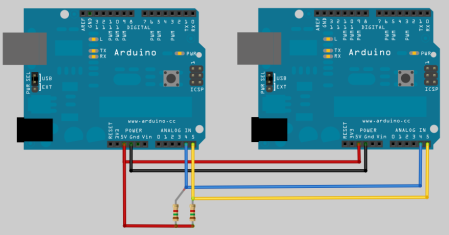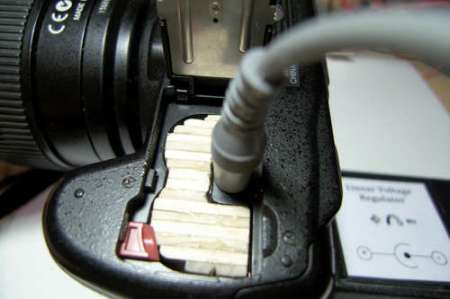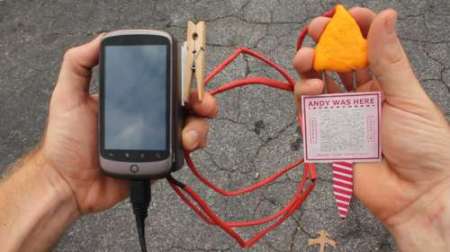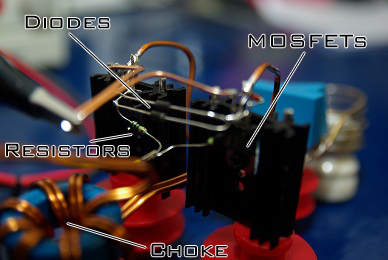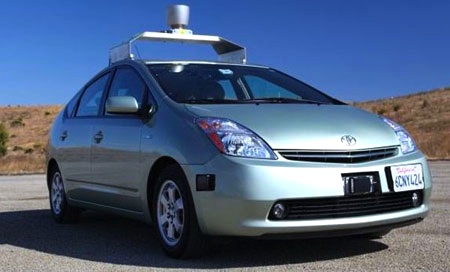Although there are other ways to do this, [Rod] has decided to write up his method of using two Arduinos and the I2C protocol to expand an Arduino’s IO capacity. As seen in the picture above, you’ll sacrifice 2 analog pins, but if you happen to need IO and have an extra Arduino lying around, this could really help. [Rod] also notes that this method could be used with many Arduino’s in parallel if the situation called for it. The code for this simple hack is included as well, so be sure to check out his site if you want to try this idea.
Some other solutions for extra IO would be to buy an Arduino Mega with 54 digital IO pins or the Muxshield which gives you 48 IO (and is stackable for other shields). An advantage of using the two Arduinos, is that if they are needed to be split in the future for different projects, this could be done. It’s good to have options for your IO needs as every hack is different.
Check out the video after the break to see everything being hooked up.
Continue reading “A Simple Method For Expanding Arduino IO Capacity”

